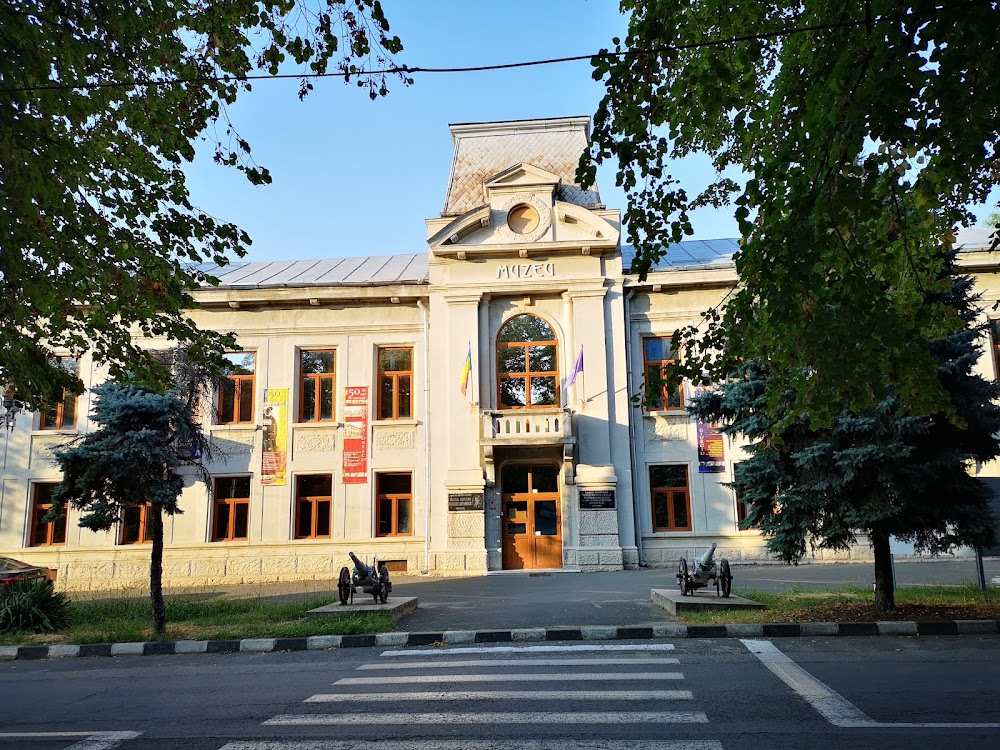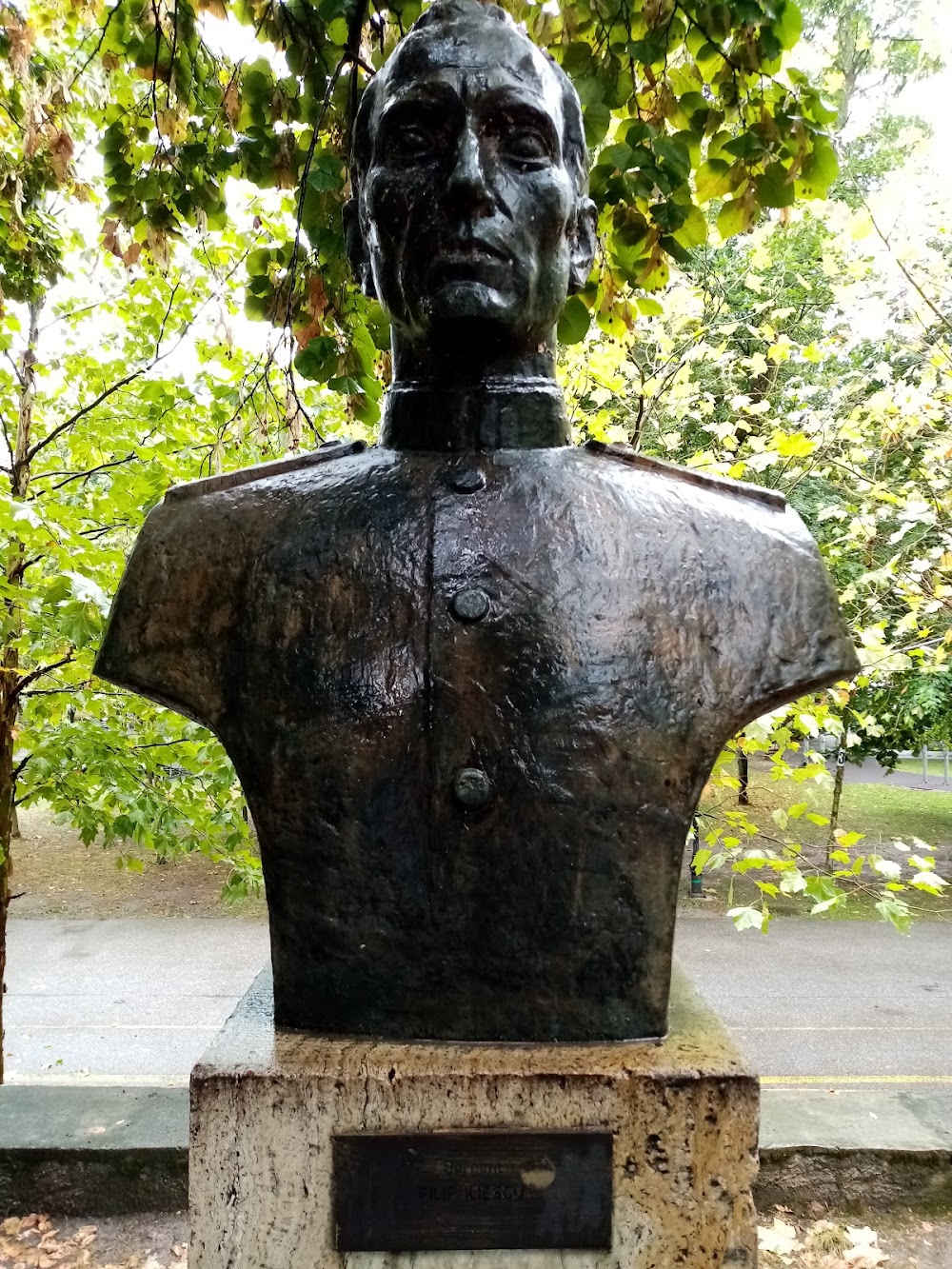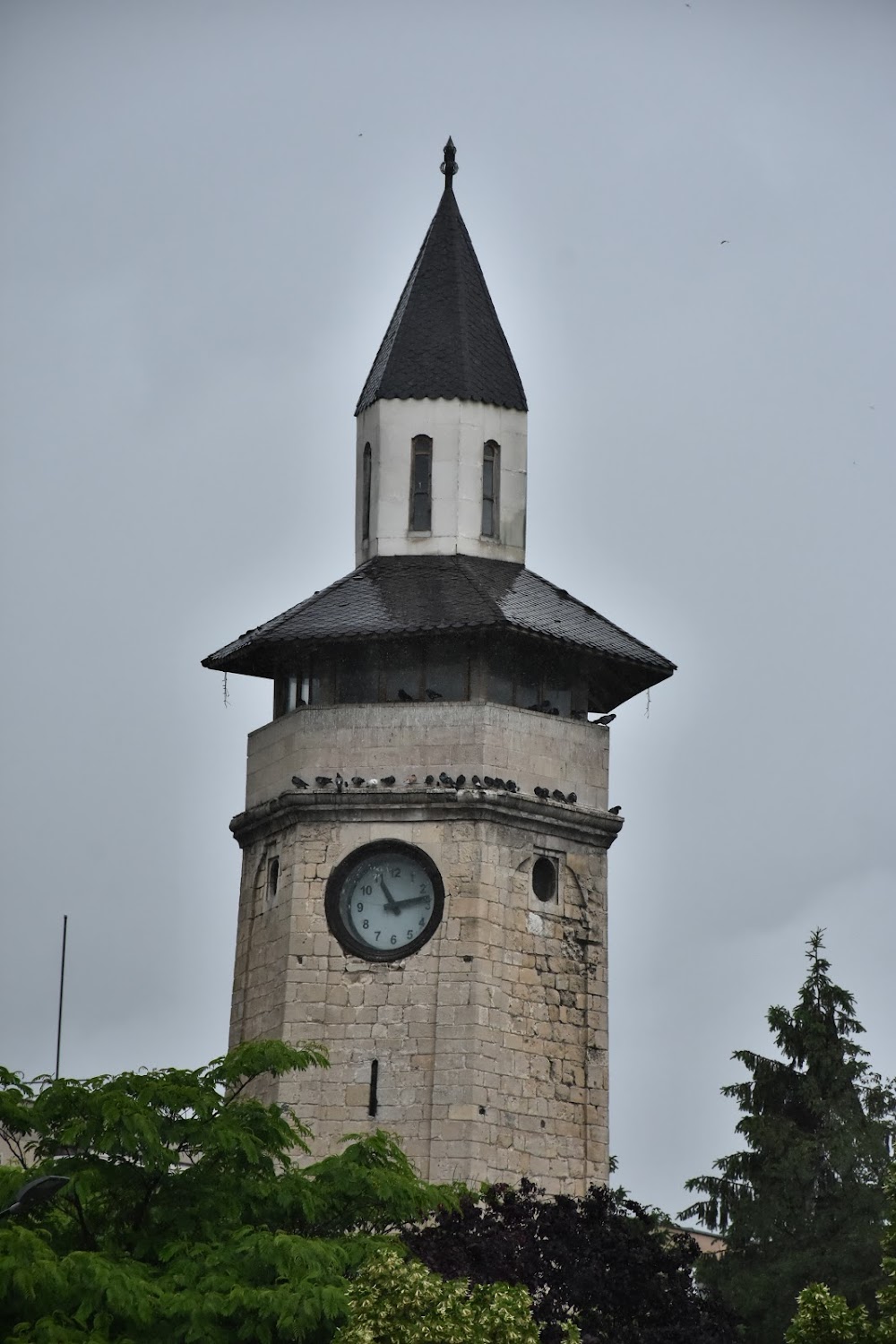Comana Monastery (Mănăstirea Comana)
Overview
The Comana Monastery is a captivating historical site nestled in Giurgiu County, Romania. Founded in 1461 by the infamous Vlad the Impaler, known locally as Vlad Țepeș, this monastery was conceived as both a religious sanctuary and a defensive fortress. Its strategic location near the swamps made it challenging for enemy forces to access, enhancing its defensive capabilities during times of conflict.
Originally constructed from wood using traditional Wallachian techniques, the monastery faced significant deterioration over the years. By the late 16th century, it was in dire need of restoration. Radu Șerban, the voivode of Wallachia, ordered a complete rebuild in 1588, transitioning the structure to durable stone and brick. This transformation not only fortified the monastery but also ensured its longevity as a historical landmark.
The historical significance of Comana Monastery cannot be overstated. Throughout the centuries, it has served as a critical stronghold against invading forces, particularly the Ottoman Turks, thanks to its advantageous position near marshlands. This dual role as a refuge and a bastion added to its importance in the region's tumultuous history.
Beyond its military utility, the monastery has been a vibrant center of religious and cultural life. It has hosted numerous monks and provided a retreat for various religious figures. During its 16th-century reconstruction, the interior was beautifully adorned with frescoes and intricate wood carvings, showcasing the artistic traditions of Wallachia during that era.
Architecturally, the Comana Monastery is a remarkable blend of ecclesiastical design and fortification. Its massive walls and buttresses, paired with tall watchtowers, were meticulously crafted to withstand sieges. Within this formidable structure, visitors will find a church, monastic cells, and a bell tower, all thoughtfully arranged to support both worship and defense.
Over the years, the monastery has undergone numerous renovations and restorations. A significant restoration occurred in the 18th century under the auspices of Phanariote princes, who recognized the need to preserve its historical and cultural value. Further restorations in the 19th and 20th centuries helped maintain the structure's beauty and integrity.
During World War I, the monastery grounds served a different purpose as a military hospital, with many soldiers laid to rest in its cemetery. Today, the site stands as a solemn memorial for those who lost their lives during the conflict, reflecting its continued relevance in Romanian history.
In contemporary times, the Comana Monastery remains a place of profound spiritual significance and an alluring tourist destination. It embodies the rich tapestry of Romania's history and cultural heritage. Visitors are invited to explore its well-preserved buildings and delve into its pivotal role in the region's past. The stunning natural beauty surrounding the monastery, particularly the nearby Comana Natural Park, further enhances its appeal for both pilgrims and tourists alike.
The resilience and adaptability of the Comana Monastery encapsulate a broader narrative of Romanian history—one marked by struggle, perseverance, and a vibrant cultural legacy that continues to draw visitors from around the globe.







